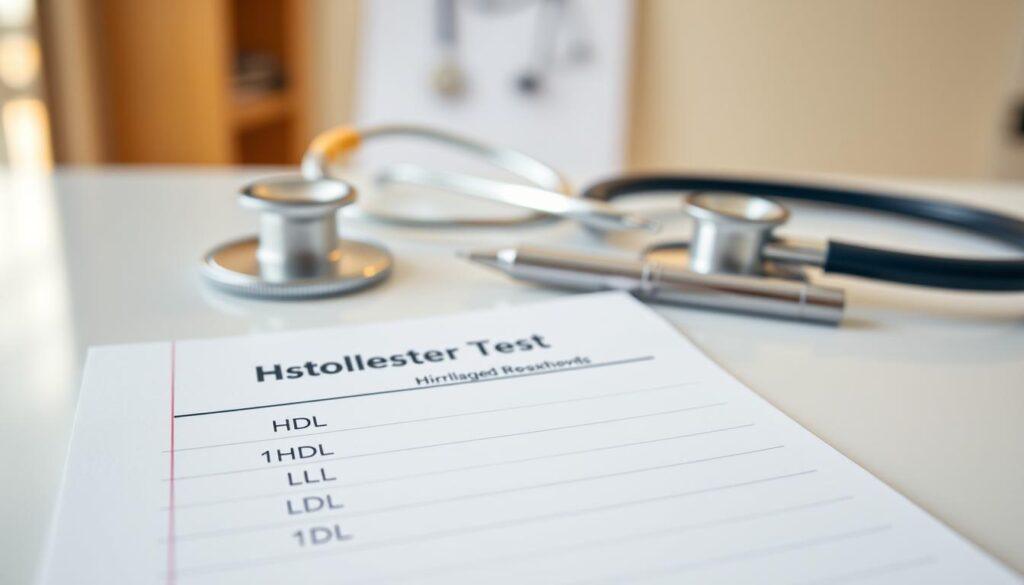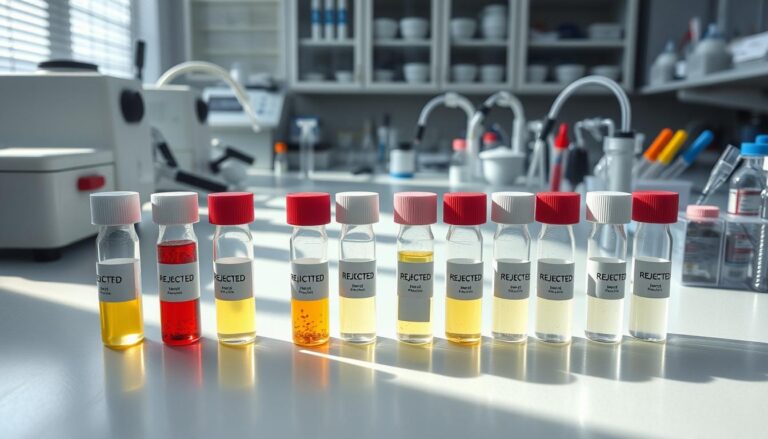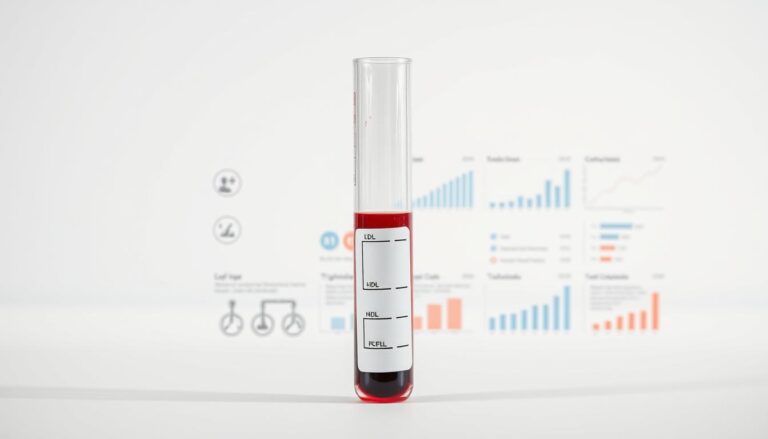Cholesterol Test Results: HDL, LDL, and Triglycerides Guide
We often get our cholesterol test results but may not fully understand them. It’s important to know what our cholesterol numbers mean. This knowledge helps us keep our heart healthy.
Getting regular cholesterol tests is key to our health. It helps us understand HDL, LDL, and triglycerides. We want to help you understand your test results. This is important for taking care of your health.

Knowing your cholesterol levels is the first step to better health. It tells us if our cholesterol is high or low. This info helps us make choices to improve our health and understand our cholesterol numbers better.
Understanding the Basics of Cholesterol Test Results
We aim to educate readers on the basics of cholesterol testing. This includes the components of a complete cholesterol panel and their significance. A complete cholesterol panel includes HDL, LDL, triglycerides, and total cholesterol. Each plays a key role in our overall cholesterol health.
Understanding cholesterol test results is vital for good health. Cholesterol levels can be complex, but knowing the basics is key. It helps us grasp how each component affects our health. This knowledge empowers us to make better lifestyle choices.
Let’s explore the main parts of a cholesterol panel and why they matter:
- HDL (Good Cholesterol): Helps remove excess cholesterol from the bloodstream.
- LDL (Bad Cholesterol): Can build up in arteries, causing plaque.
- Triglycerides: A blood fat that can increase heart disease risk.
- Total Cholesterol: The sum of HDL, LDL, and triglycerides in the blood.
Knowing these components is essential for interpreting cholesterol tests. By understanding our cholesterol levels, we can work to keep them healthy. This reduces the risk of heart disease. Regular testing is key, even more so for those with a family history of high cholesterol.
Cholesterol Test Results Meaning: Breaking Down Your Numbers
Understanding your cholesterol test results is key. We’ll help you grasp HDL, LDL, and triglycerides. Knowing the normal ranges is the first step. Here are the general guidelines:
A cholesterol blood test looks at several parts:
- HDL (good) cholesterol: 60 mg/dL or higher
- LDL (bad) cholesterol: less than 100 mg/dL
- Triglycerides: less than 150 mg/dL
Knowing these ranges helps you understand your results. It’s not just about the numbers. It’s about how they affect your health. We’ll guide you through it all, so you can make smart health choices.
Here’s a table with the general guidelines for cholesterol levels:
| Component | Normal Range | Borderline Range | High Range |
|---|---|---|---|
| HDL (good) cholesterol | 60 mg/dL or higher | 40-59 mg/dL | less than 40 mg/dL |
| LDL (bad) cholesterol | less than 100 mg/dL | 100-129 mg/dL | 130 mg/dL or higher |
| Triglycerides | less than 150 mg/dL | 150-199 mg/dL | 200 mg/dL or higher |
Interpreting Different Cholesterol Components
We will explore each cholesterol component to grasp their roles in our health. Understanding cholesterol ratios is key to heart disease risk. Our cholesterol tests reveal HDL, LDL, triglycerides, and total cholesterol levels.
Knowing what our cholesterol numbers mean is essential for health control. HDL, or “good” cholesterol, protects against heart disease. LDL, or “bad” cholesterol, raises heart disease risk. Triglycerides also affect our health, with high levels being concerning.
Here is a summary of the different cholesterol components:
- HDL cholesterol: helps remove other forms of cholesterol from the bloodstream
- LDL cholesterol: can build up in the walls of the arteries, leading to heart disease
- Triglycerides: a type of fat found in the blood, which can increase the risk of heart disease
- Total cholesterol: the total amount of cholesterol in the blood, including HDL, LDL, and triglycerides
By grasping the meaning of each cholesterol component, we can enhance our health. Regular tests help us manage our cholesterol levels. This knowledge empowers us to make better health choices.
Conclusion: Taking Action Based on Your Results
We’ve explored the details of cholesterol test results. Now, it’s time to talk about what you can do to keep your cholesterol healthy. If your test shows high LDL, low HDL, or high triglycerides, knowing your cholesterol levels is key to heart health.
After seeing your test results, it’s wise to talk to your doctor. They can help you make a plan that’s just right for you. This might include eating better, exercising more, and quitting smoking if you smoke. Your doctor might also suggest medication to help control your cholesterol.
Your cholesterol numbers are more than just numbers. They show how well your heart is doing. By taking action and staying up to date, you can keep your cholesterol in check. This helps lower your risk of heart disease and keeps you healthy for the long run.







